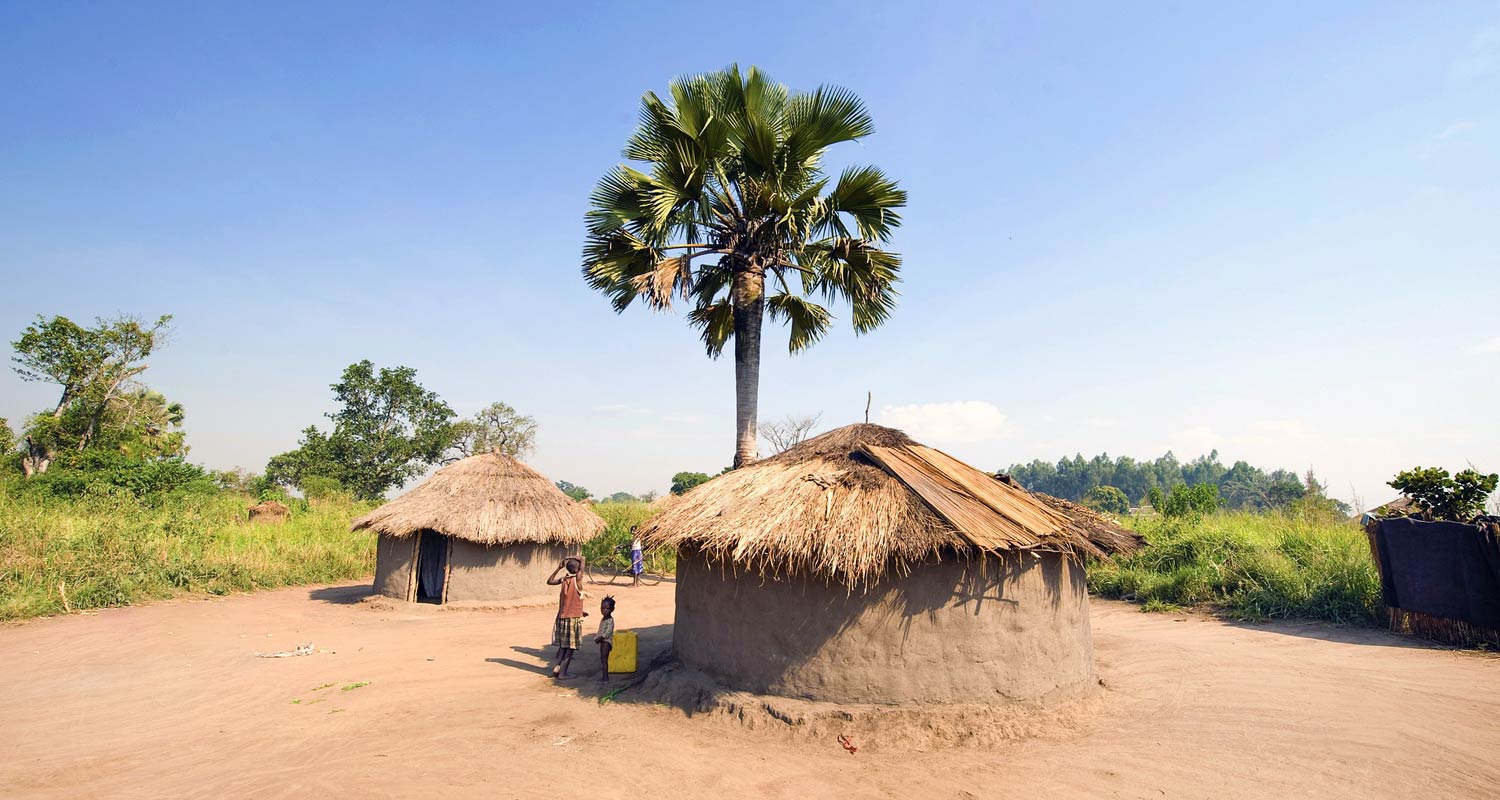 Satellite providers are helping telecommunications operators connect rural and remote communities on the African continent.
Satellite providers are helping telecommunications operators connect rural and remote communities on the African continent.
Addressing connectivity gaps in rural and remote communities is one of the major themes this year of AfricaCom, a telecoms event taking place in Cape Town this week.
One solution takes advantage of existing mobile broadband networks by using satellite connectivity to extend mobile network coverage to previously underserved areas. TechCentral caught up with representatives from Somalia’s Dalkom, Vanu from Massachusetts in the US and equipment supplier Huawei in Cape Town on Tuesday.
“Extending coverage by using conventional backhaul — microwave or fibre — is not economically viable. Satellite can be a good form of backhaul regardless of what band it is using or whether it is geostationary or a low-Earth-orbit constellation,” said Anoj Singh, vice president of the global mobile network operator business at Vanu.
One of the major disadvantages of using microwave technology to extend coverage is that antennas that use microwaves must have direct line of sight with one another. This usually means these towers need to be built high up, thereby increasing the cost to build and the difficulty to perform maintenance. Another requirement is that the landscape being covered must be relatively flat, making the solutions impractical in hilly or mountainous terrain.
The towers used by the likes of Dalkom and Vanu, on the other hand, are not only smaller but they also consume less power. The tower usually consists of a satellite dish and six solar panels, reducing the need for conventional backbone electrical connections or expensive diesel-powered generators.
High costs
Fibre’s disadvantage is that while the technology itself is relatively cheap, the cost to deploy it is high. “The civil (engineering) aspect of digging, laying down and then covering up fibre technology may be feasible in cities and towns but it costs way more in remote areas. Your time to market also increases significantly for rural deployments,” said Marius Engelbrecht, senior strategy consultant at Huawei.
Despite these disadvantages, fibre remains the most desirable connectivity option from a bandwidth, throughput and reliability perspective, with microwave backhaul coming in second. But for areas where there is no connectivity at all, satellite is a viable option for solving the most fundamental aspects of the problem, even though it has some disadvantages of its own.
Read: Compared: Starlink prices around the world – including Africa
“The main challenge with satellite feeds is the weather. When there is too much rain, the signal will be poor. Also, twice in the year when the sun is on top of the equator, you get sunspot interference. When the satellite, the earth station and the sun are in one straight line, the noise from the sun makes it impossible to get the signal from the satellite,” said John Ogalo, project manager at Dalkom Somalia. The type of satellite technology being used also dictates the types of services that the connection is best suited to.
Geostationary (GEO) satellites maintain their position – both in the vertical and horizontal axis – at a point approximately 35 000km above Earth’s surface. These are the satellites traditionally used by television service providers such as MultiChoice’s DStv and eMedia’s Openview.
 The challenge with GEO satellites is that because they are so far above Earth, it takes a long time for data to leave the planet’s atmosphere, reach the satellite, get relayed and then reach some other cell tower in another location on the planet. This makes GEO useful for texting or browsing, but users’ experience with video calling or streaming is impacted in meaningful ways.
The challenge with GEO satellites is that because they are so far above Earth, it takes a long time for data to leave the planet’s atmosphere, reach the satellite, get relayed and then reach some other cell tower in another location on the planet. This makes GEO useful for texting or browsing, but users’ experience with video calling or streaming is impacted in meaningful ways.
Low-Earth-orbit satellites, on the other hand, may hold their vertical distance from Earth’s surface, usually at somewhere between 160km to 1 600km above the surface, but they do move on the horizontal axis and orbit the Earth at high speed. These are the types of satellites used by SpaceX subsidiary Starlink and Amazon.com’s Project Kuiper.
LEO is closer to the Earth and has much lower latency than GEO technology, making it possible to provide richer data services such as video calling while preserving a fluid user experience. Both Dalkom and Vanu use GEO satellites in their solutions. While LEO looks preferable from a user experience standpoint, higher costs are proving to be inhibitive.
“We are experimenting with LEO solutions in Nigeria with Starlink, but we are undecided on whether this will work for us from a cost point of view,” said Singh.
Read: All of SADC is getting Starlink – except South Africa
Vanu’s solutions are finding some success in Nigeria and other countries in West Africa, with Rwanda also showing promise. A proof of concept in partnership with MTN is up and running in rural KwaZulu-Natal. Dalkom’s solution is connecting remote areas of Somalia, while its launch into Kenya was cut short due to licensing issues.
“There is massive potential for the use of satellite for backhaul in the South African market because of how expansive the country is. Satellite can ensure that every single region in South Africa has coverage both for cellular and internet services,” said Ogalo. – © 2023 NewsCentral Media




